Designing Displays
The design of displays in motor vehicles must be geared primarily to the driver’s needs. Although technical constraints today barely limit design, they must not serve as primary design criteria.
Some principles for the design of displays can be derived from the laws of gestalt psychology:
http://projekt.kke.tu-berlin.de/wp-content/uploads/2015/09/Methode_Gestaltgesetze.pdf
When gestalt laws are applied in practice, it quickly becomes clear that it is not always possible to implement all theoretical requirements. Instead, it is important to achieve a balance between the different aspects.
Displays – Implementing an Early Study in Modern Vehicles
As early as the 1980s, we explored the question of how important the criteria of “reliability” and “good gestalt” are. More specifically: Can a less reliability (certain elements in a fixed position) be compensated for by “good gestalt”? The images show the versions we examined. In the first three images, the currently relevant element is centered. In the fourth image, each element retains its position, but the design does not follow gestalt laws. (The display does not contain more information than the one seen in images 1 to 3, but some information is redundant, such as both an analog and a digital speedometer displayed at once). Although the different elements are repositioned between images 1 to 3, they do not take longer to read.
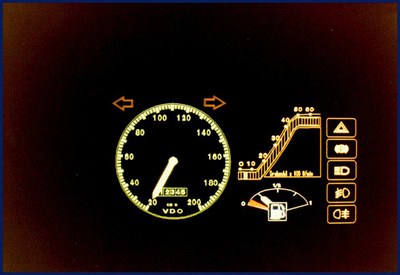
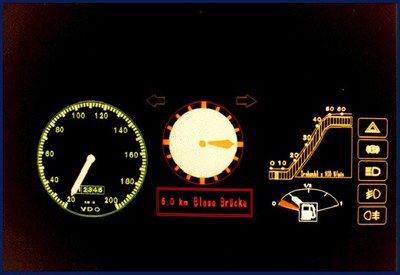
Cockpit 1 Cockpit 2
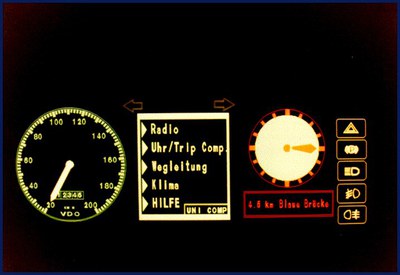
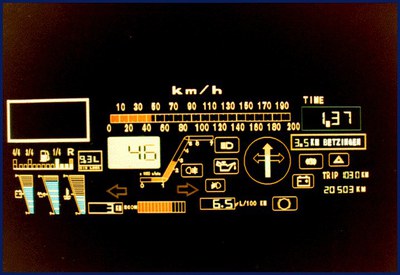
Cockpit 3 Cockpit 4
The concept was first implemented in 2011 in an Audi prototype and evaluated by the Institute of Human Engineering. It is available in almost all Audi models today.
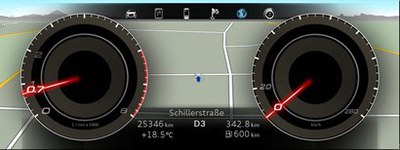
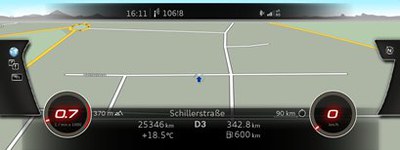
A-Cockpit narrow A-Cockpit wide
Eine dynamische Darstellung zeigt ein Werbevideo von AUDI vom 18.08.2015:
Literature
Designing Controls
Laboraufbau eines integrierten Bedienelement
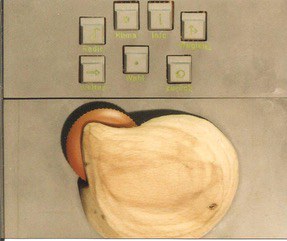
Versuchsaufbau neuartiger Bedienkonzepte (aus Wimmer 2010)
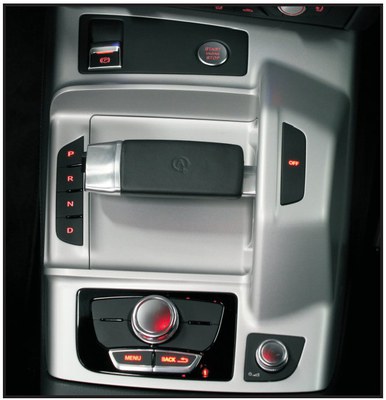
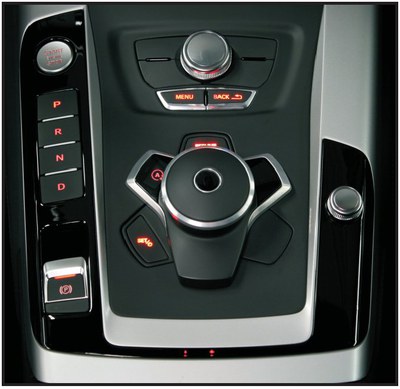
Literature